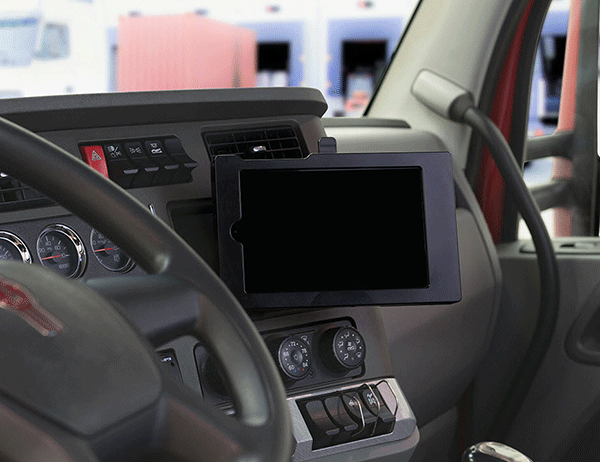
Updated Hours of Service Rules
The Federal Motor Carrier Safety Administration has updated Hours of Service rules, and they will take effect on Sept 29, 2020.
But what do these HOS rule changes mean for motor carriers?
Updated Hours of Service Rules Aim for Flexibility
Truckers – ranging from owner-operators to those employed by large fleets – felt that the previous HOS rules didn’t work for their real-world challenges. While HOS rules have always been rooted in safety, many drivers believed they also resulted in lower pay and more reckless driving.
So what’s changing?
- Short-haul drivers operating within 150 air miles of their base don’t have to keep RODS – or Record of Duty Status. That’s a change from the previous 100-mile range. Also, the new rules increase their on-duty limit from 12 hours to 14 hours.
- The 30-minute break rule also got a tune-up. Previously, drivers had to take a 30-minute break within their first eight hours of being on duty. That meant they might’ve been waiting for their truck to be loaded for three hours, then forced to take a break within just five hours of driving. Now, they need to take their break within their first eight hours of drive time. Drivers can also find more flexibility by using on-duty/not driving periods as qualifying breaks.
- There’s also more leeway for drivers running into bad weather. Under the new rule, they can now extend their on-duty driving window by up to two hours.
- Finally, there’s a change to the sleeper provision. Previously, drivers had to be off-duty for 10 hours, as either one 10-hour period or two periods of 8 and 2 hours. The new HOS rules will now allow splits of 7 and 3 hours in addition to the 8+2 split. This allows up to three hours in off-duty status to be excluded from the 14-hour driving window; that’s a significant change from the previous 8 to 10 hours in the sleeper required to pause the 14-hour clock.

The Response from Drivers, Advocates, and Fleet Managers
According to Land Line, truckers consider the updated Hours of Service regulations a step in the right direction that still needs work. The Owner Operators Independent Drivers Association (OOIDA) pointed out that detention time, or time spent waiting to be loaded or unloaded, is a critical issue the new rules don’t address.
Advocates for Highway & Auto Safety oppose the rule change, writing that “the changes will further exacerbate the already well-known threat of fatigue among commercial vehicle drivers by significantly weakening current HOS and electronic logging rules.” The Teamsters and Citizens for Reliable and Safe Highways agreed. They mentioned extending working hours without federally protected breaks, and industry opposition to using Electronic Logging Devices (which are now mandated for HOS compliance).
Some drivers are also not happy that they can’t “stop the clock.” OOIDA requested that the new rule should allow a rest period of up to three hours to stop the 14-hour clock, but that proposal wasn’t part of the finalized rule. Drivers believe stopping the clock would allow them to better manage heavy traffic, weather, and long detention times.

The Impact of the Updated Hours of Service Rules
Fleet management solution providers, fleet managers, and the US economy may all feel the effect of the new rules.
Compliance solution providers are now working to update the software to accurately track RODS. With the Sept. 29 deadline, they have their work cut out for them. This process involves testing for both software and devices, updating to servers, and coordinating with customers to update the hardware. For GPS Insight customers, any new hardware ordered will have the updates. Those using other providers should consult their account representatives if they haven’t been informed about the new HOS rules.
As for fleet managers, they have to decide how to change their practices. Some may revert to paper logs for short-haul trips. Many dispatchers and managers, though, may be hesitant to use paper – they prefer Electronic Logging Devices for their accuracy and convenience. They reduce the risk of inaccuracies, falsification, and fines.
The FMCSA also believes the new rule will provide economic benefits. According to their calculations, the efficiency of the new rules could save $274 million per year.





